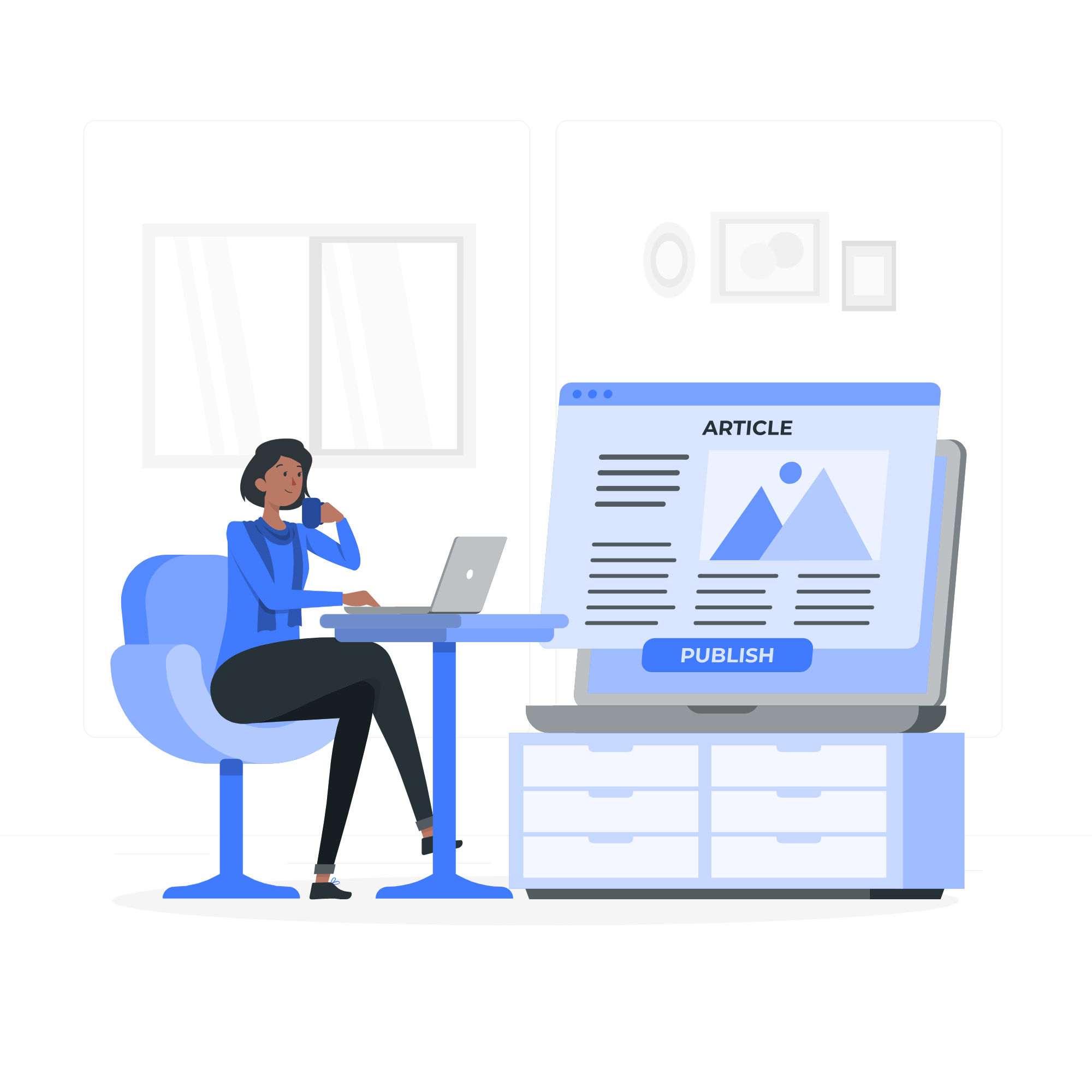The answer to the question, “If AI writes my content, is it original?” is not necessary.
The originality of AI-generated content is a complex question with no easy answers. As AI systems become more sophisticated, they are able to produce content that is increasingly difficult to distinguish from human-generated content. This raises important questions about authorship, creativity, and copyright.
Introduction to AI Content
Artificial Intelligence (AI) has revolutionized various industries, and one area where its impact is widely felt is content creation. AI-powered tools have the ability to generate text, images, music, and even entire stories. While AI content creation offers immense potential for efficiency and innovation, it has also raised concerns about plagiarism and the ethical implications of using machine-generated content. In this essay, we will explore the dual nature of AI content as both a creative tool and a potential plagiarism machine.
The Creative Potential of AI Content
AI content generation tools have demonstrated remarkable capabilities in producing creative works. Natural Language Processing (NLP) models, such as OpenAI’s GPT-3, can generate coherent and contextually relevant text based on prompts provided to them. This has facilitated the automation of various writing tasks, including drafting emails, generating product descriptions, and even producing news articles. AI algorithms can also compose music, create visual art, and generate designs that exhibit creativity and innovation.
One of the greatest strengths of AI content generation is its ability to augment human creativity or ai content prompts. AI tools empower human creators to focus on higher-order creative thinking by providing inspiration, generating ideas, and automating repetitive tasks. For example, a writer could use AI-generated text as a starting point and then modify and enhance it to produce a unique and original piece. In this way, AI becomes a valuable tool that complements human creativity, enabling individuals to explore new artistic territories. AI generate content can pass the test of thin content.
The Plagiarism Dilemma
Despite the potential benefits of AI content generation, concerns about plagiarism and intellectual property infringement have emerged. AI algorithms learn from vast amounts of existing data, including books, articles, and websites, which raises the question of whether AI-generated content can be truly original or if it is merely a recombination of preexisting ideas.
Plagiarism, traditionally understood as the act of copying someone else’s work without appropriate attribution, becomes more complex in the context of AI-generated content. While AI models can generate text that may appear original, it is important to recognize that these models are trained on extensive datasets that contain copyrighted material. Consequently, the output of AI models can inadvertently reproduce or replicate existing works, making it difficult to distinguish between authentic creativity and unintentional plagiarism.
Furthermore, the issue of attribution becomes blurred when AI is involved. Who should be credited for the content created by an AI model? Should it be the original authors of the training data, the developers of the AI model, or the users who fine-tune the model for specific tasks? These questions highlight the need for clear guidelines and regulations to address the attribution and ownership of AI-generated content.
Ethical Considerations
The ethical implications of AI content generation extend beyond plagiarism concerns. The use of AI to create content that mimics human voices or writing styles raises questions of authenticity and transparency. For instance, AI-generated articles or social media posts can be used to spread misinformation or manipulate public opinion, as it becomes increasingly difficult to discern whether a human or an AI produced the content.
Another concern is the potential devaluation of human creativity and labour. As AI algorithms become more advanced and capable of producing high-quality content, there is a risk that human creators may be marginalized or replaced. This could have significant socioeconomic implications, particularly for individuals whose livelihoods depend on creative work.
Safeguarding Creativity and Combating Plagiarism
Several measures can be taken to harness the creative potential of AI content generation while mitigating the risks of plagiarism. First and foremost, education and awareness about AI-generated content and its implications are crucial. Content creators should be equipped with the knowledge and tools to evaluate and modify AI-generated content to ensure originality critically.
Additionally, organizations and platforms that use AI-generated content should implement clear guidelines and policies regarding the attribution and use of such content. This includes providing appropriate credit to original authors and ensuring that AI-generated content is clearly distinguished from human-created content.
Technological solutions can also play a role in addressing plagiarism concerns. AI algorithms can be developed to detect and flag potential instances of plagiarism, helping content creators and platforms identify and attribute original sources when using AI-generated content. Collaborative efforts between AI researchers, legal experts, and content creators are essential to develop effective plagiarism detection mechanisms.
Conclusion
AI content generation tools have the potential to revolutionize the creative landscape by augmenting human creativity and expediting content creation processes. However, the ethical implications of AI-generated content, particularly regarding plagiarism and attribution, cannot be ignored. Clear guidelines, education, and technological solutions are necessary to strike a balance between leveraging AI as a creative tool and safeguarding originality and intellectual property. By fostering collaboration and responsible use, AI content generation can become a catalyst for innovation while upholding the principles of creativity, authenticity, and ethical content creation.

